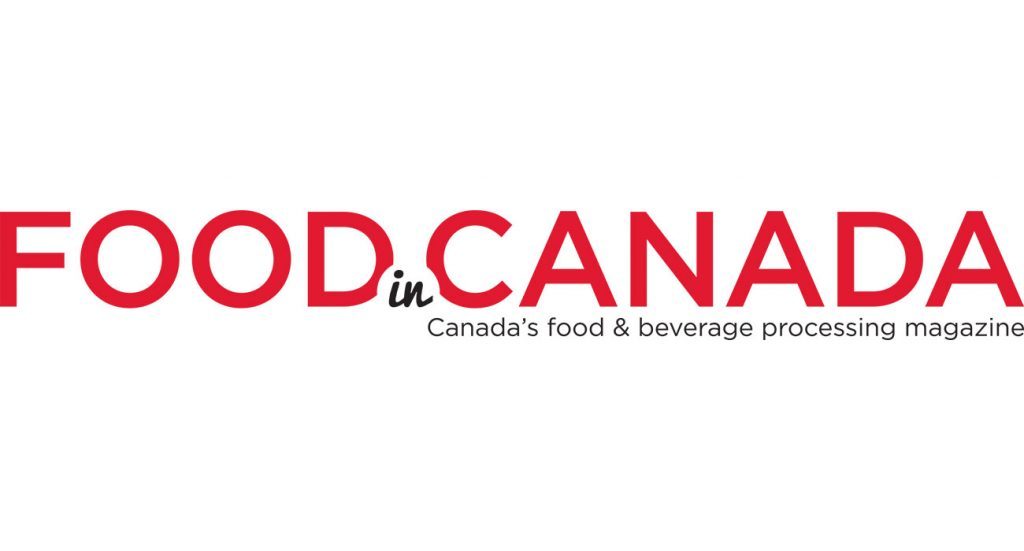New research paper warns government policy can increase food waste

VCMI and Packaging Technology & Research have released a joint North American paper on plastic packaging and food waste. The paper titled “Unwrapping the Arguments …Solving packaging and food waste through government/industry collaboration” highlights the need for governments and industry to commit and be accountable for implementing collaborative solutions.
The paper concludes that the complexity of packaging and food value chains means implementing “one-size-fits-all” hammer policies (such as the Canadian Environmental Protection Act) to increase the use of recyclable plastics will not reduce greenhouse gas (GHG) emissions.
According to the authors, hammer policies will increase GHG emissions due to forced changes in packaging that would lead to increased food loss and waste (FLW), which would have a negative impact on the environment. There is a viable way to reduce both GHG and FLW, according to the paper.
This paper proposes establishing a negotiated agreement between industry and government that sets out explicit packaging and FLW targets.
Key takeaways from the Paper include:
1) A tandem focus on food and packaging waste is needed to meet GHG emission targets.
2) GHG emissions that result from food sent to landfill are greater than the GHG emissions of plastic food packaging.
3) The need for negotiated agreements is particularly critical in federated countries such as Canada and the United States, where provinces/states and municipal governments can impede efforts by having implemented conflicting regulations and misaligned systems.
4) Industry must be the driving force for change, with visionary leaders committing to achieve and be accountable for bold targets, and investing in the creation of harmonious pre-competitive solutions.
5) Government-implemented policies, regulations and programs need to incentivize and assist industry in addressing barriers that inhibit the establishment of circular packaging economies, without negatively impacting the FLW reduction efforts of the food industry, NGOs and consumers.
6) Whether packaging is both recyclable and recycled is determined by the level of alignment that exists between products, process and infrastructure.
7) The three key features of effective extended producer responsibility (EPR) programs are fees, investment in the circular economy and reporting and incentives.
8) EPR fees must reflect legally enforceable standards and specifications for entire packaging solutions, not just an individual component of the packaging.
9) An important element of effective EPR programs is ensuring municipal governments are legally accountable for implementing the required systems and processes, and that they publicly report their performance in relation to targets contained in negotiated agreements.
The full paper can be accessed here. The executive summary can be accessed here.

